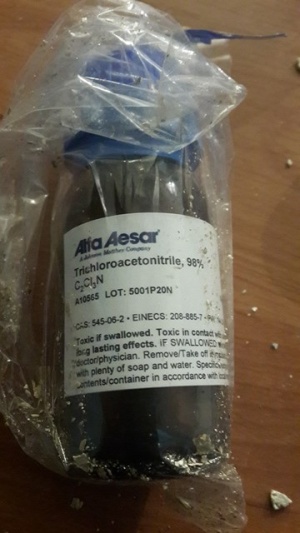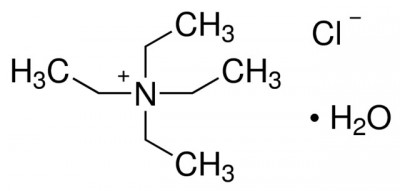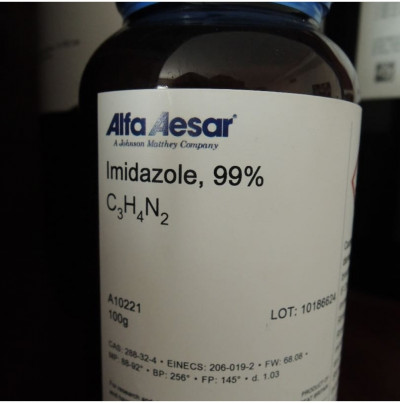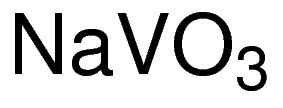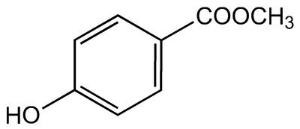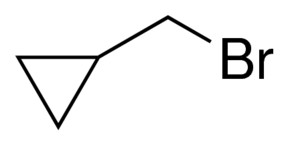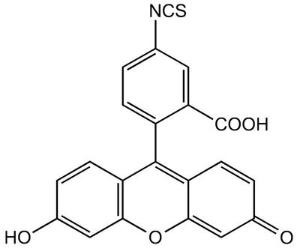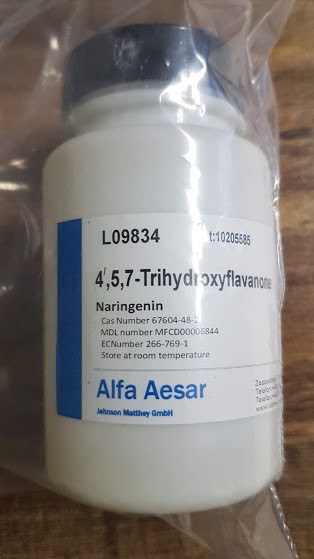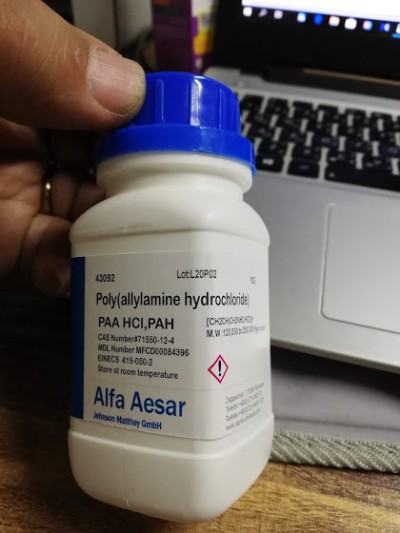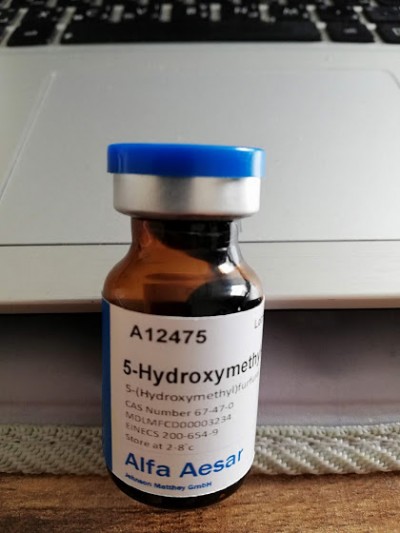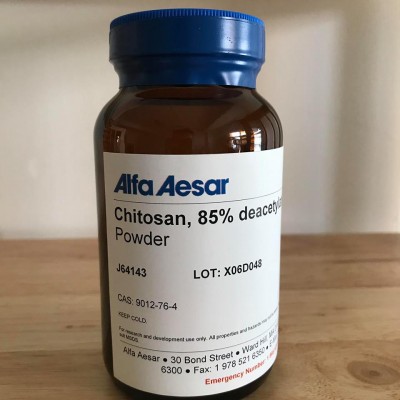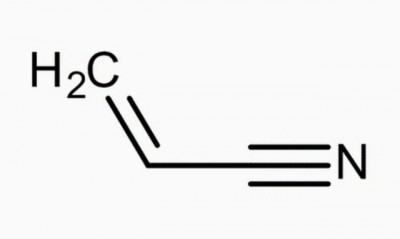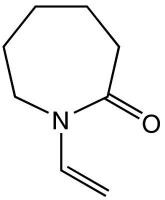| CAS: | 545-06-2 | MDL: | MFCD00001842 | EINECS: | 208-885-7 | ||
|---|---|---|---|---|---|---|---|
| UN#: | UN3276 | Hazard Class: | 6.1 | Packing Group: | III |
Chemical Properties
| Formula: | C2Cl3N | Boiling point: | 85-86° | |
|---|---|---|---|---|
| Formula weight: | 144.39 | Density: | 1.44 | |
| Melting point: | -44° | Refractive Index: | 1.4410 |
Literature References
The combination with PPh3 is superior to the popular CCl4-PPh3 system for conversion of carboxylic acids to acyl chlorides: Tetrahedron Lett., 40, 5323 (1999). It also converts allylic alcohols to the corresponding chlorides: Russ. J. Org. Chem., 31, 1019 (1995).
In the presence of a base, e.g DBU, reacts with alcohols to form trichloroacetimidates, which are a useful means of protection, readily cleaved by TsOH/MeOH, DBU/MeOH or Zn/NH4Cl: Synlett, 753(1999). These imidates are activated towards displacement by nucleophiles. Glycosyl imidates, formed in the presence of a base such as K2CO3 or DBU, are widely applied as glycosyl donors in oligosaccharide synthesis. Reaction with the free OH of the glycosyl acceptor occurs under mild conditions, promoted by a Lewis acid, e.g. BF3 etherate or TMS-OTf, to form, respectively, either the ß- or ɑ-glycoside as the major product: Angew. Chem. Int. Ed., 25, 212 (1986). For reviews, see: Chem. Rev., 93, 1503 (1993); Adv. Carbohydr. Chem. Biochem., 50, 21 (1994); Contemp. Org. Synth., 3, 173 (1996). The imidates of allylic alcohols, prepared using NaH, or, more conveniently, KOH under phase-transfer conditions: Tetrahedron Lett., 37, 1481 (1996), undergo a [3,3]-sigmatropic rearrangement to derivatives of allylamines: J. Am. Chem. Soc., 96, 597 (1974); 98, 2901 (1976). For an example, see: Org. Synth. Coll., 6, 507 (1988). Review: Acc. Chem. Res., 13, 218 (1980):

Aromatic aldoximes are dehydrated to nitriles by a similar cyclic mechanism: J. Org. Chem., 38, 2241 (1973).
Reacts with hydrogen peroxide, to give, in situ, peroxytrichloroacetamidic acid, a reagent for the epoxidation of alkenes under essentially neutral conditions: J. Org. Chem., 48, 888 (1983).
For a review of the chemistry of trichloroacetonitrile, see: Heterocycles, 43, 1083 (1996).
Other References
| Merck: | 14,9628 |
|---|---|
| Beilstein: | 605572 |
| UN#: | UN3276 |
| Harmonized Tariff Code: | 2926.90 |
GHS Hazard and Precautionary Statements
Toxic if swallowed. Toxic in contact with skin. Toxic if inhaled. Toxic to aquatic life with long lasting effects.
Avoid breathing dust/fume/gas/mist/vapours/spray. IF SWALLOWED: Immediately call a POISON CENTER or doctor/physician. Remove/Take off immediately all contaminated clothing. IF ON SKIN: Wash with plenty of soap and water. Store locked up. Dispose of contents/container in accordance with local/regional/national/international regulations.


Risk & Safety
| Risk Phrases: | 23/24/25-51/53 |
|---|---|
| Toxic by inhalation, in contact with skin and if swallowed. Toxic to aquatic organisms, may cause long-term adverse effects in the aquatic environment. | |
| Safety Phrases: | 45-61 |
| In case of accident or if you feel unwell, seek medical advice immediately (show the label where possible). Avoid release to the environment. Refer to special instructions/Safety data sheets | |
  |
|
| TSCA: | Yes |
| RTECS: | AM2450000 |
:
